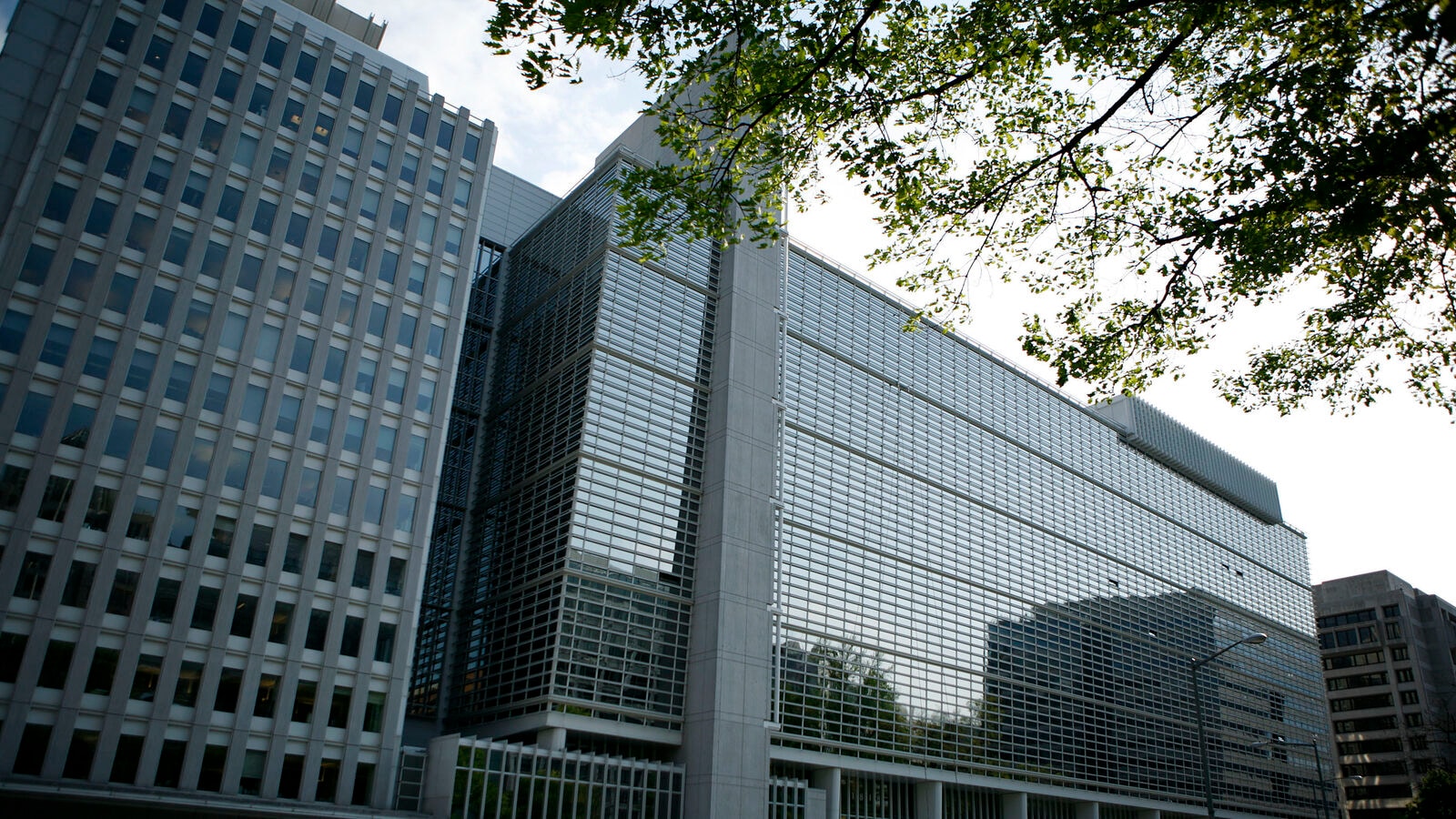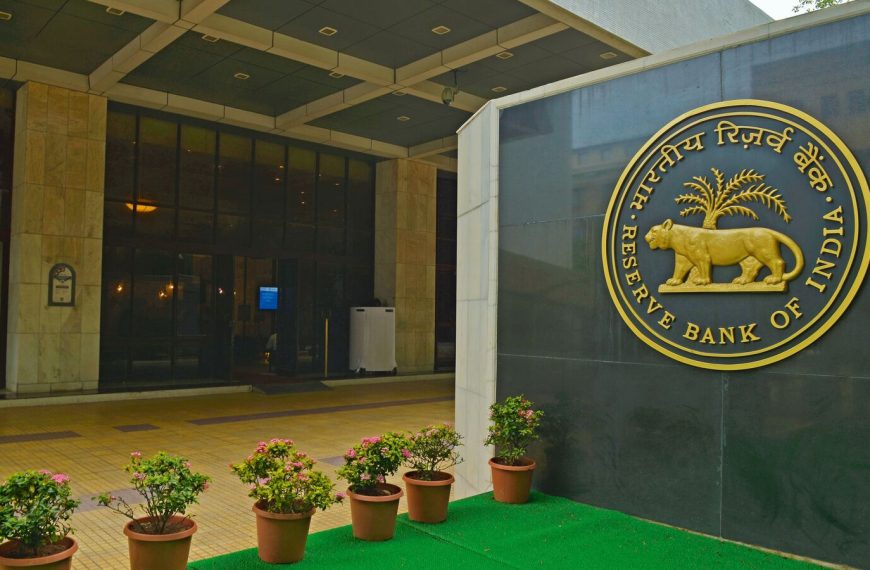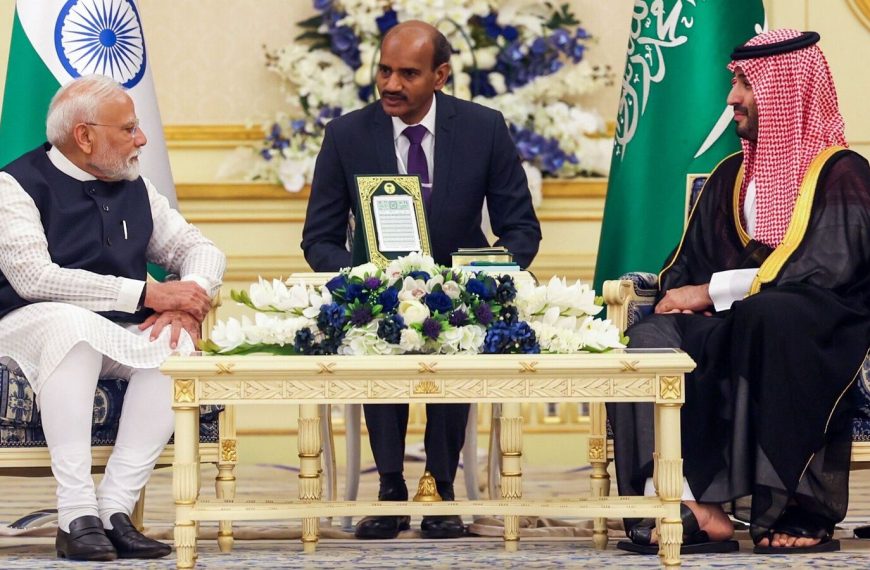The World Bank has revised its economic growth projections for India, adjusting the figure downward due to rising global uncertainties impacting South Asian economies. On Wednesday, the organization lowered India’s growth forecast by 0.4 percentage points, bringing it to 6.3% for the fiscal year that began on April 1. This adjustment reflects the challenges businesses may face in light of a weakening global economy.
Economic Outlook for India: A Closer Look
In its latest report on South Asia, the World Bank emphasized that while there may be some benefits from easing monetary policies and regulatory improvements, these advantages are likely to be overshadowed by broader economic weaknesses. The report highlighted that many countries in the region possess “limited buffers to withstand global challenges,” further complicating the economic landscape.
IMF Joins in Downgrading Predictions
Earlier this week, the International Monetary Fund (IMF) also revised down its growth forecast for India, adjusting it from 6.5% to 6.2% for the current fiscal year. This change reflects the increasing trade tensions and uncertainty in the global economy, which are expected to have a tangible impact on economic performance.
Key Takeaways
- World Bank: Cuts India’s growth forecast to 6.3%.
- IMF: Lowers India’s forecast to 6.2%.
- Both organizations cite global uncertainty and trade tensions as main factors.
- The new forecasts are slightly below the Reserve Bank of India’s estimate of 6.5%.
This revised outlook underscores the fragility of the economic environment in South Asia and the potential challenges that could hinder growth in the coming months. Stakeholders must remain vigilant and adaptable to navigate these turbulent times effectively.
For further insights into the regional economic climate, explore more on the World Bank’s official website or the IMF’s latest reports.











